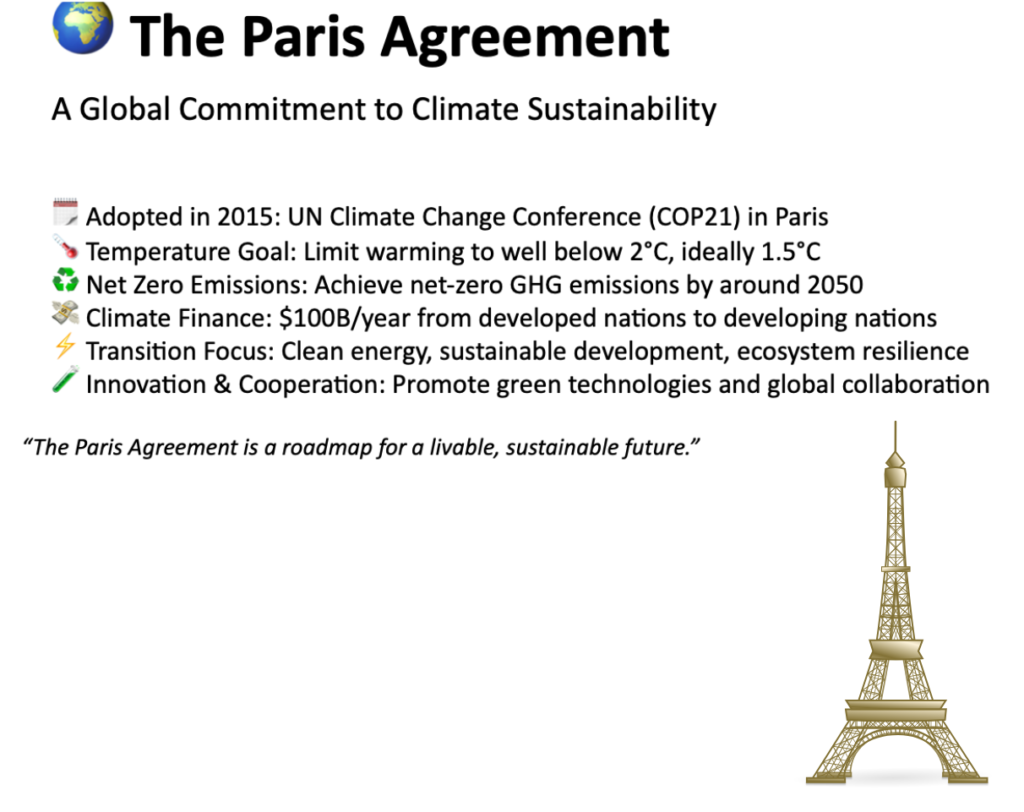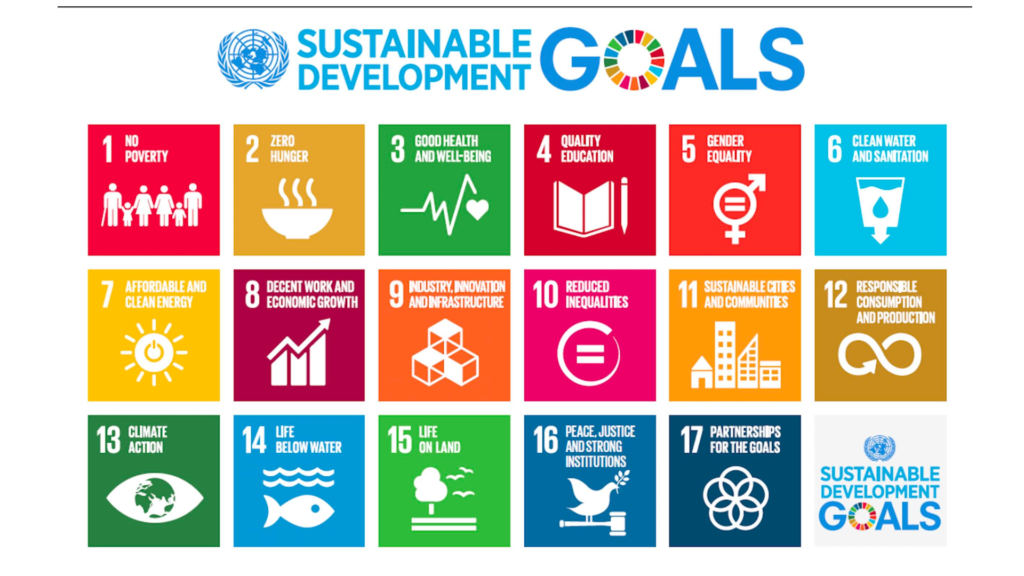
Sustainability is no longer just a buzzword or a trendy PR move. It’s our collective path to saving the planet—and the only way forward is to walk it together.
Read about: My Journey Towards Sustainability Finance
Global Warming

We complain about the heat, calamities and flooding. Well, that’s an after impact of climate change and the continues rise of temperates. Let’s start with the impact of greenhouse gas (carbon dioxide, methane, nitrous oxide and water vapor). We’re not here to eliminate greenhouse gas because it’s what traps the heat from the sun to keep Planet Earth from being inhabitable and not too cold to survive. The problem was during industrialization, we’ve trap more heat than need and that we’ve increased average global temperature by 1.2 degrees celsius with already seen effects on rising water levels, heatwaves and extreme weather.
Climate Change

The carbon emissions, deforestation and the burning of oil and gas has created global warming. This has also led to rising sea levels causing coastal flooding, threats to biodiversity and increasing health risk. This was the cause of industrialization and this is also a point we stop and think what we can do for the environment. Climate change is a present problem and we need to manage it. This was the same reason that The Paris Agreement came into effect.
The Paris Agreement

The world gathered in 2015 for the Paris Agreement with the main goal of reducing the impact of climate change. The prevailing goal was to limit warming to 2 degrees celsius from pre-industrial level, preferably 1.5 degrees celsius. That’s just 0.3 degrees celsius from current level. The goal was to have net-zero emission in 2050 and have funding commitments from developed countries to finance sustainability projects. The failure to meet this goal could result to more extreme weather conditions, rise in sea levels and biodiversity collapse. The increase in temperature can increase the likelihood of wildfires, flooding, drought and typhoons and could eventually lead to economic losses. With a future to look at the United Nations have set up the 17 Sustainable Development Goals too be met by 2030.
Sustainable Development Goals by 2030

The 17 Sustainable Development Goals (SDGs), adopted by all United Nations Member States in 2015 as part of the 2030 Agenda for Sustainable Development, are:
- No Poverty – End poverty in all its forms everywhere.
- Zero Hunger – End hunger, achieve food security and improved nutrition, and promote sustainable agriculture.
- Good Health and Well-being – Ensure healthy lives and promote well-being for all at all ages.
- Quality Education – Ensure inclusive and equitable quality education and promote lifelong learning opportunities for all.
- Gender Equality – Achieve gender equality and empower all women and girls.
- Clean Water and Sanitation – Ensure availability and sustainable management of water and sanitation for all.
- Affordable and Clean Energy – Ensure access to affordable, reliable, sustainable and modern energy for all.
- Decent Work and Economic Growth – Promote sustained, inclusive and sustainable economic growth, full and productive employment, and decent work for all.
- Industry, Innovation and Infrastructure – Build resilient infrastructure, promote inclusive and sustainable industrialization, and foster innovation.
- Reduced Inequalities – Reduce inequality within and among countries.
- Sustainable Cities and Communities – Make cities and human settlements inclusive, safe, resilient and sustainable.
- Responsible Consumption and Production – Ensure sustainable consumption and production patterns.
- Climate Action – Take urgent action to combat climate change and its impacts.
- Life Below Water – Conserve and sustainably use the oceans, seas and marine resources for sustainable development.
- Life on Land – Protect, restore and promote sustainable use of terrestrial ecosystems, sustainably manage forests, combat desertification, and halt and reverse land degradation and halt biodiversity loss.
- Peace, Justice and Strong Institutions – Promote peaceful and inclusive societies for sustainable development, provide access to justice for all, and build effective, accountable and inclusive institutions at all levels.
- Partnerships for the Goals – Strengthen the means of implementation and revitalize the global partnership for sustainable development.
The 17 SDGs came about from the environmental impact and social imbalance in the planet with a goal to end poverty, protect the planet and enjoy peace and prosperity. We are exceeding some environmental ceilings like climate change, biodiversity and biogeochemical flow. We are also underwhelming in some social foundation like hunger, health and poverty. Companies commit to the different SDGs in their sustainability report so when everybody is chipping in on each goal, it becomes more achievable. It’s just not a job of one person, one company or one country, sustainability is a job for everyone.
Why It Matters?

Sustainability is by definition is the ability to meet the needs of the present without compromising the ability of future generations to meet their own needs. By preserving our environment and planetary boundaries and upgrading our social foundations, we can sustain momentum of creating a tomorrow that’s rich, abundant and socially balanced. As Robert Swan once said, “The greatest threat to our planet is the belief that someone else will save it.”


One Response to Why Sustainability Matters?